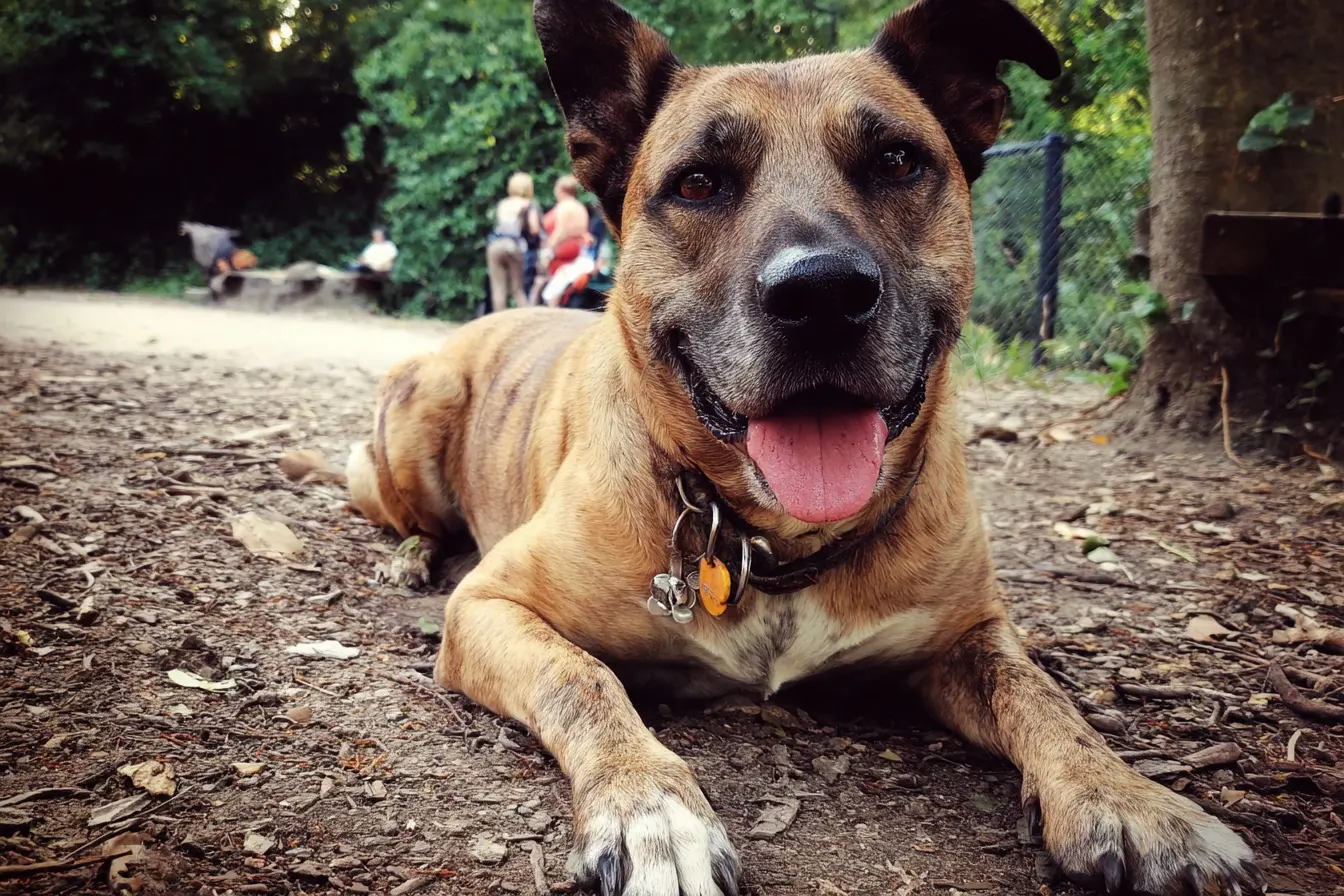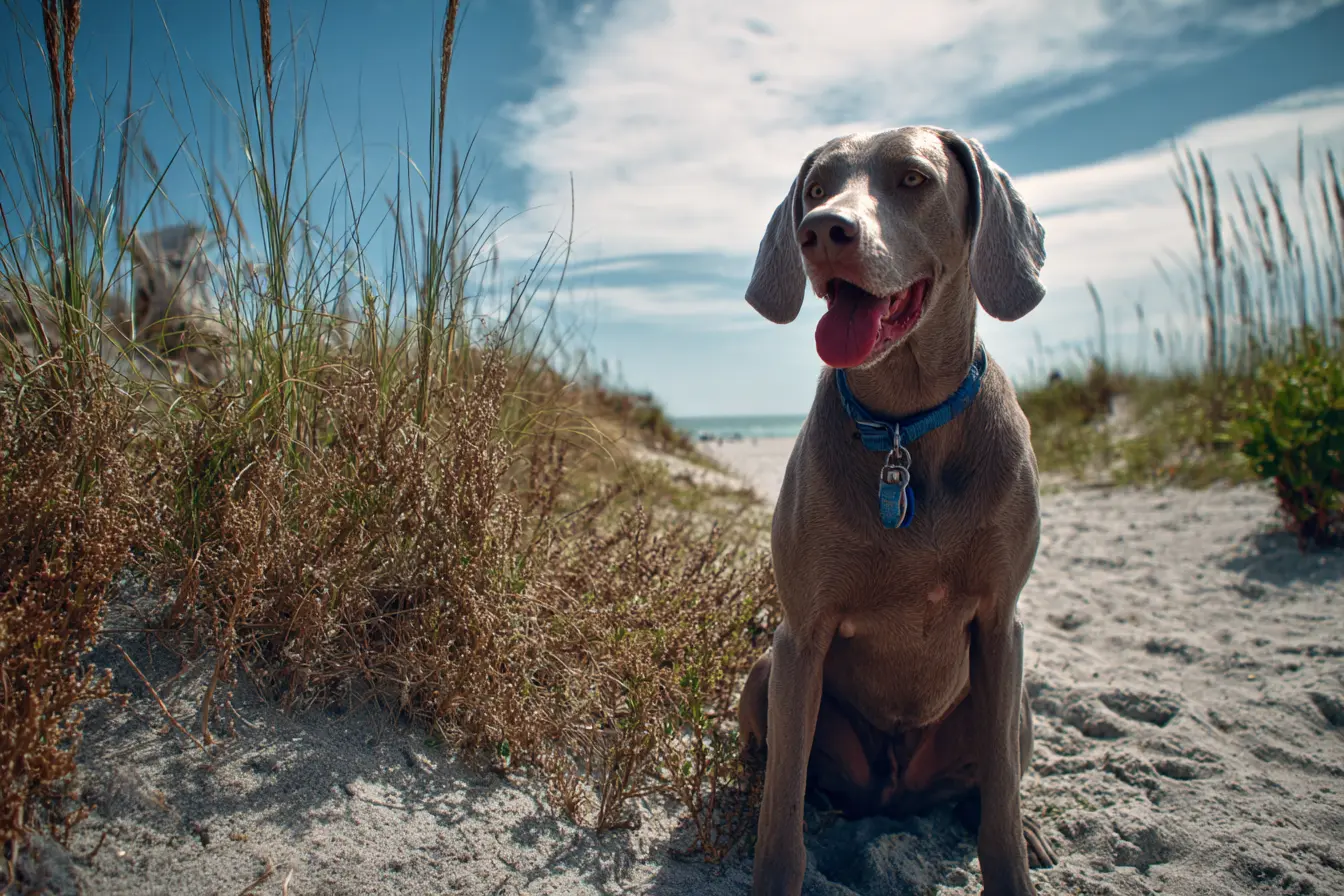
Can Dogs Get Sunburn? Essential Advice for Every Owner
Many dog owners are surprised to learn that our canine companions can suffer from sunburn just like we do. While a sunny day can be perfect for walks, picnics, and outdoor play, it can also pose serious risks for dogs if precautions are not taken. This guide covers everything you need to know about dogs and sunburn — including prevention, symptoms, treatments, and long-term risks.
Can Dogs Really Get Sunburn?
Yes, dogs can get sunburned. Their skin can be damaged by ultraviolet (UV) rays, especially in areas where fur is thin or absent. Severe or repeated sunburn can lead to painful injuries and increase the risk of skin cancer.
Which Dogs Are Most at Risk?
While any dog can get sunburned, some are at much greater risk:
- Dogs with short or thin coats: Breeds like Greyhounds, Boxers, and Dalmatians are particularly vulnerable.
- Light-coloured or white dogs: Less pigmentation means less natural UV protection.
- Hairless breeds: Chinese Crested, American Hairless Terrier, and Xoloitzcuintli are very susceptible.
- Dogs with shaved areas: If a dog has been clipped or had surgery, the exposed skin is more vulnerable.
- Dogs with skin conditions: Those with allergies or skin diseases often have exposed patches.
Areas Most Commonly Affected
The most sun-sensitive areas on a dog include:
- Nose
- Ears (especially the tips)
- Belly and groin
- Around the eyes
- Inside of the legs
These areas either lack fur entirely or have very sparse coverage.
Signs of Sunburn in Dogs
Sunburn symptoms can vary depending on the severity but typically include:
- Red, inflamed skin
- Dry, cracked, or flaky skin
- Tenderness or sensitivity to touch
- Hair loss in affected areas
- Blisters (in severe cases)
- Persistent scratching or licking at affected areas
Long-term, sunburned skin may thicken, scar, or develop sores that do not heal properly — all warning signs of more serious conditions like skin cancer.
How to Protect Your Dog from Sunburn
Limit Sun Exposure
The most straightforward method is to avoid excessive sun exposure, especially between 10am and 4pm when UV rays are strongest.
- Walk your dog early in the morning or later in the evening.
- Provide plenty of shaded areas in your garden.
- Encourage rest periods out of direct sunlight.
Apply Dog-Safe Sunscreen
Applying sunscreen to vulnerable areas can provide critical protection. However, only use sunscreen that is specifically made for dogs. Human sunscreens often contain ingredients like zinc oxide or para-aminobenzoic acid (PABA) that are toxic to dogs.
When using sunscreen:
- Choose a non-toxic, fragrance-free product designed for pets.
- Focus on applying it to the nose, ears, belly, and other exposed skin.
- Reapply every 2–4 hours, especially after swimming or heavy activity.
Always consult your vet for brand recommendations and a proper application guide.
Use Protective Clothing
Lightweight, UV-protective clothing designed for dogs can help shield sensitive areas from the sun. Items like sun-shirts, hats, and specially designed vests can provide a physical barrier to harmful rays.
Introduce protective gear gradually, and ensure your dog is comfortable and unrestricted while wearing it.
4. Offer Sun-Safe Shelter
If your dog loves spending time outside, ensure they have access to:
- Shady trees
- Covered patios
- Dog-specific sun shelters
- Indoor options during peak sun hours
Never leave your dog in areas with no shade during hot, sunny days.
What to Do If Your Dog Gets Sunburned
If you notice signs of sunburn:
- Move your dog out of the sun immediately.
- Apply cool (not cold) compresses to soothe the affected areas.
- Avoid using human treatments like aloe vera unless they are veterinary-approved.
- Contact your vet, particularly if blistering, severe pain, or signs of infection develop.
Prompt medical advice is important to prevent complications.
Long-Term Health Risks of Sun Damage
Chronic sun exposure can result in:
- Solar dermatitis: A persistent inflammatory condition of the skin.
- Skin cancer: Particularly squamous cell carcinoma or malignant melanomas.
Early diagnosis and treatment improve outcomes significantly, but preventive care remains the best strategy.
Final Thoughts
A little sunshine is wonderful for both dogs and their owners, but it’s crucial to be aware of the dangers too. Protecting your dog from sunburn involves a combination of common-sense precautions, proper products, and regular monitoring. By staying vigilant, you can ensure your furry friend enjoys the great outdoors safely and happily.
Related Vets
Vets near you
Speciality vets
- Aquatics vet specialists
- Birds vet specialists
- Camelids vet specialists
- Cats vet specialists
- Cattle vet specialists
- Deer vet specialists
- Dogs vet specialists
- Equines vet specialists
- Exotic vet specialists
- Goats vet specialists
- Pigs vet specialists
- Poultry vet specialists
- Sheep vet specialists
- Small Mammals vet specialists
- Wild vet specialists









